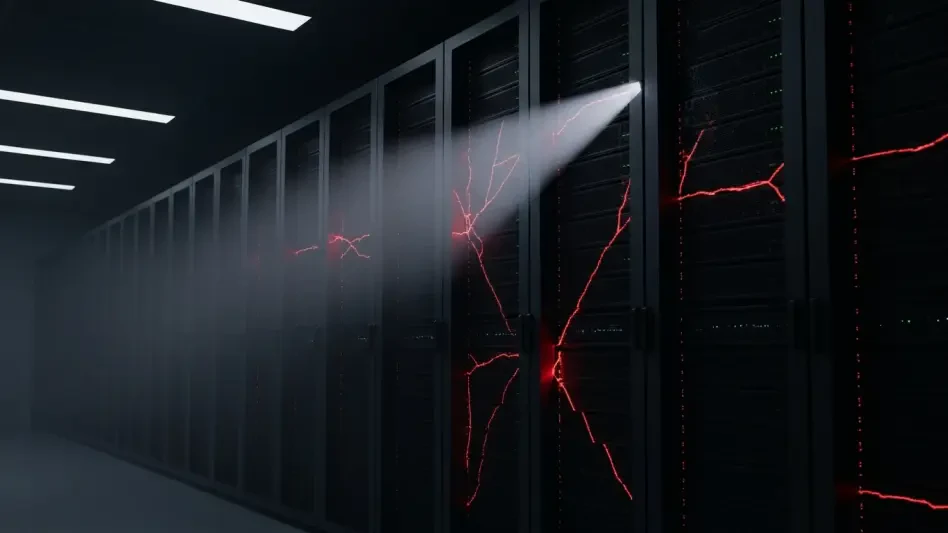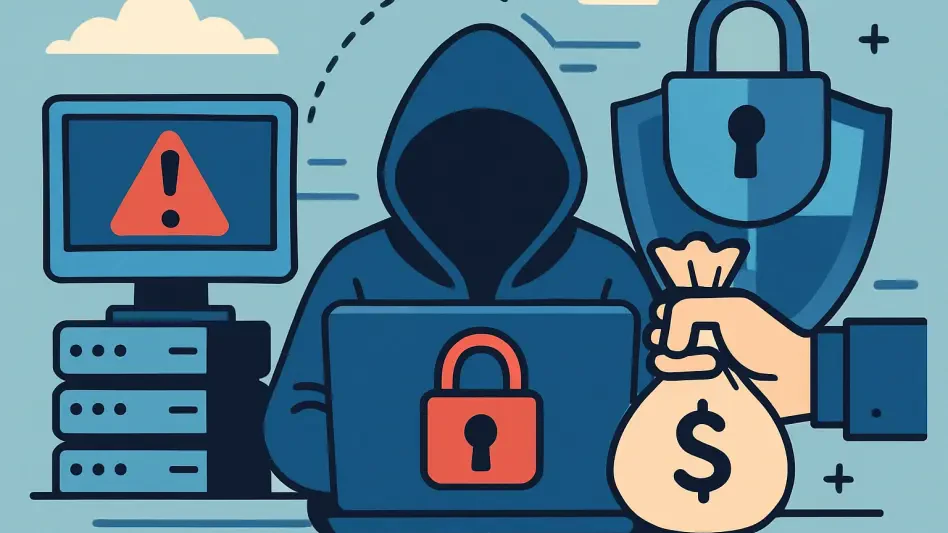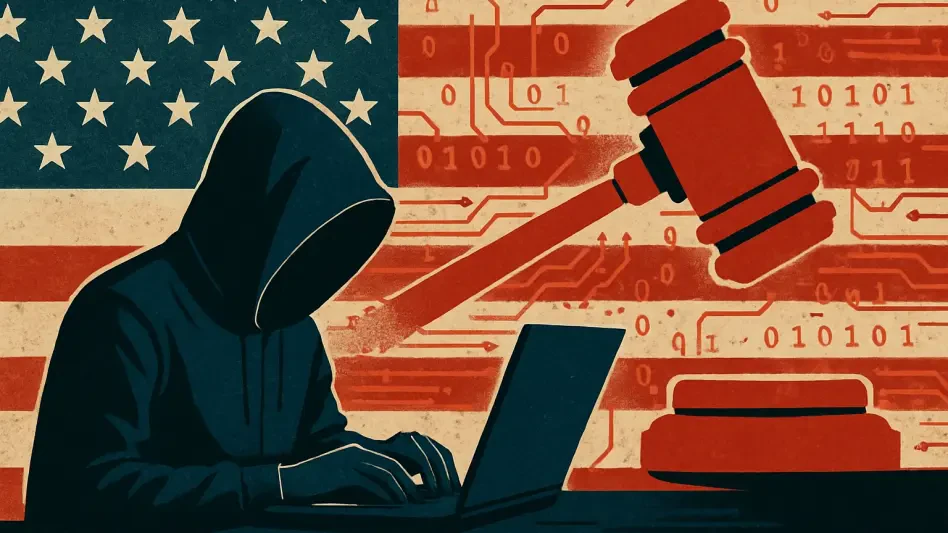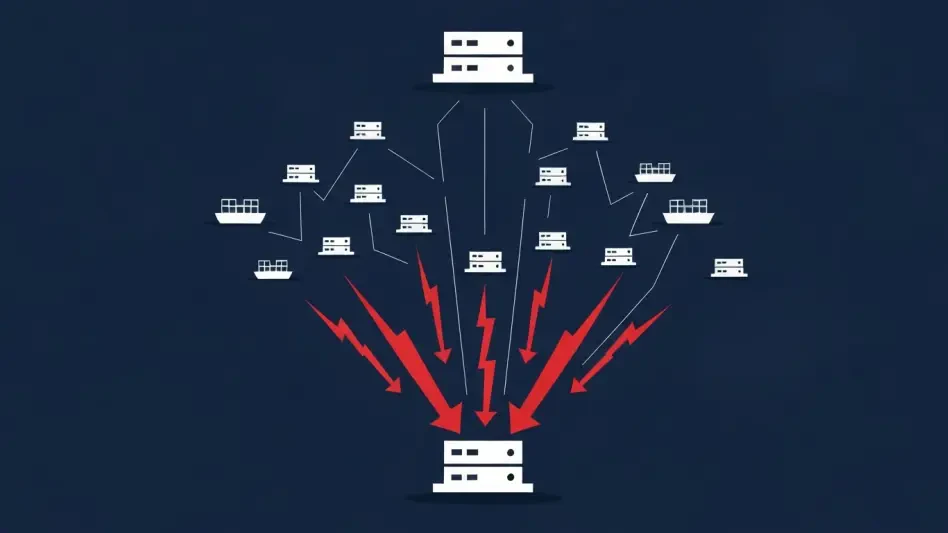In the digital age dominated by cryptocurrency, a new menace lurks in the shadows, targeting digital assets with unprecedented precision — MacOS malware. As financial systems continue to evolve with digital currencies, there is an increasing need to safeguard these assets. However, recent reports depict a concerning trend of malevolent actors, notably from North Korea, employing sophisticated malware techniques against crypto companies. This development raises critical questions about the vulnerability of crypto ecosystems and the strategies required to counter this digital foe.
The Growing Threat of MacOS Malware in the Crypto Sphere
Data Insights and Emerging Patterns
The landscape of MacOS malware targeting cryptocurrency businesses has shown a significant uptick. Recent data highlights a rising number of incidents where malicious software infiltrates crypto firms’ defenses. Notably, SentinelLabs released a report detailing how this threat has grown since 2025, drawing attention to the surreptitious methods employed by North Korean hackers. With attackers leveraging advanced targeting techniques, the threat to cryptocurrency ventures has reached alarming levels, necessitating immediate action.
Practical Examples and Critical Incidents
Real-world cases shed light on the tangible dangers posed by MacOS malware. Several crypto companies have fallen prey to these well-orchestrated attacks, suffering significant financial losses and reputation damage. Among the most notable incidents, attackers have used clever deception coupled with cutting-edge programming, such as Nim programming, to penetrate robust security systems. These examples underscore the evolving nature of cyber threats, demonstrating an increased sophistication in MacOS malware’s application in compromising digital assets.
Expert Perspectives on the Evolving Malware Landscape
Cybersecurity experts have voiced concerns over the increasing sophistication of MacOS malware targeted at crypto firms. According to analysts, these attacks represent more than just opportunistic hacks; they exhibit a high degree of planning and technical acumen. The use of obscure programming languages complicates defensive efforts, allowing attackers to evade detection. Experts warn that defending against such threats is challenging, urging crypto companies to anticipate more advanced malware tactics in the future.
The challenges posed by these threats are manifold. Not only do they necessitate an immediate strengthening of defenses, but they also call for strategic foresight into future threats. Cyber analysts predict that forthcoming malware will likely be designed to exploit vulnerabilities in existing systems, outpacing traditional defenses. The focus, therefore, must shift from reactionary measures to proactive security frameworks.
Future Outlook and Industry Repercussions
Looking ahead, the MacOS malware threat is expected to evolve, with implications for both crypto companies and the broader cybersecurity landscape. As attackers fine-tune their tactics, the onus is on the industry to bolster security protocols preemptively. This trend will likely drive innovations in cybersecurity, prompting the integration of cutting-edge technologies and strategies.
The increased awareness stemming from these threats presents both opportunities and challenges. While the cryptocurrency sector may gain from more robust security practices and heightened vigilance, staying ahead of attackers requires continuous adaptation. The task is daunting, but the rewards of maintaining secure crypto environments are significant.
Closing Reflections
Reflecting on the pressing issue of MacOS malware in the crypto sector, it is evident that proactive measures are crucial in countering the menace posed by sophisticated attackers. The analysis of recent trends emphasizes the need for crypto businesses to remain vigilant, adapting to the ever-evolving cyber threat landscape. Learning from past incidents and embracing innovative security practices will be vital steps in fortifying defenses. By fostering greater collaboration and knowledge sharing, the industry can better prepare for future challenges, ensuring digital assets remain well-protected in a rapidly changing world.








